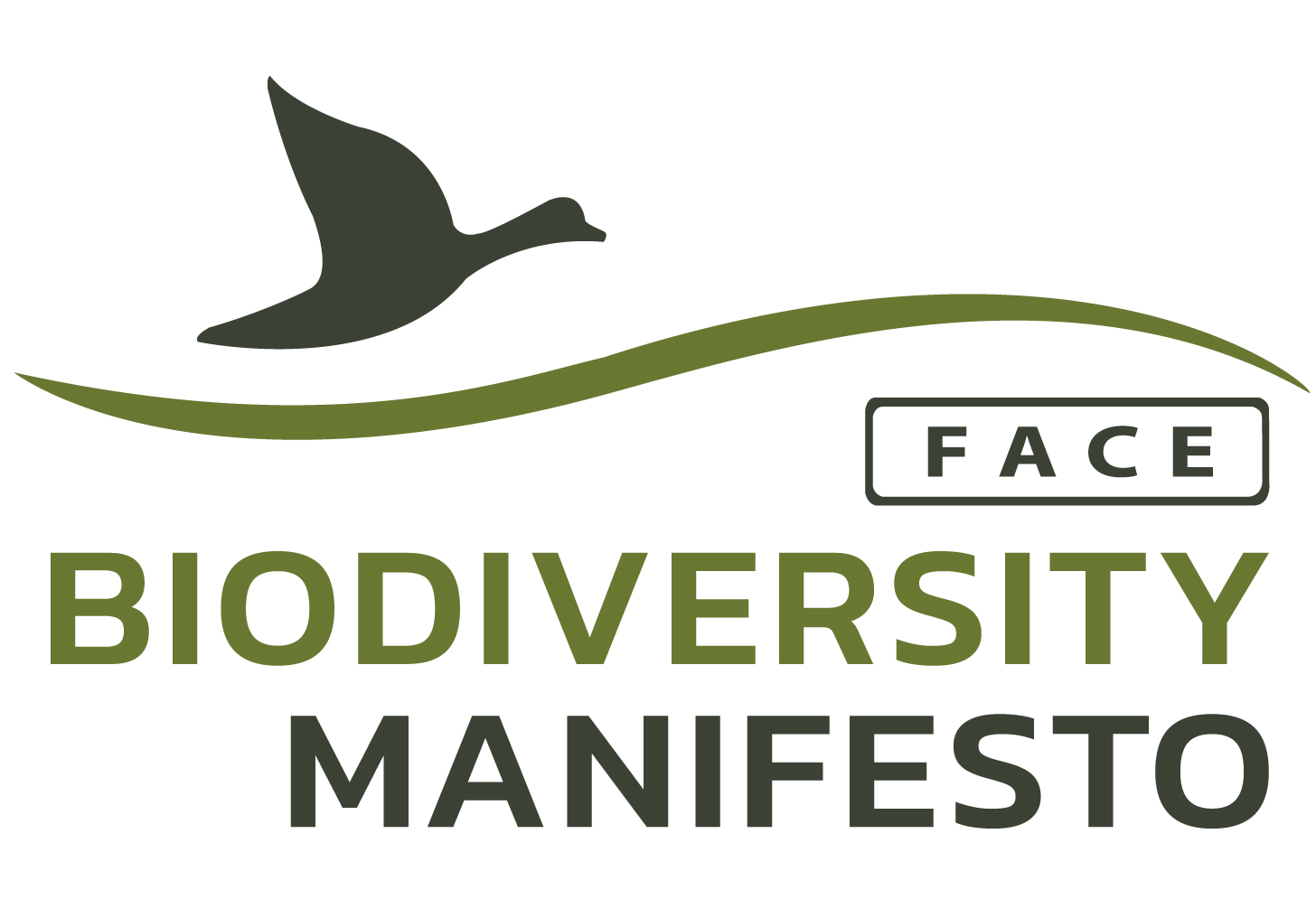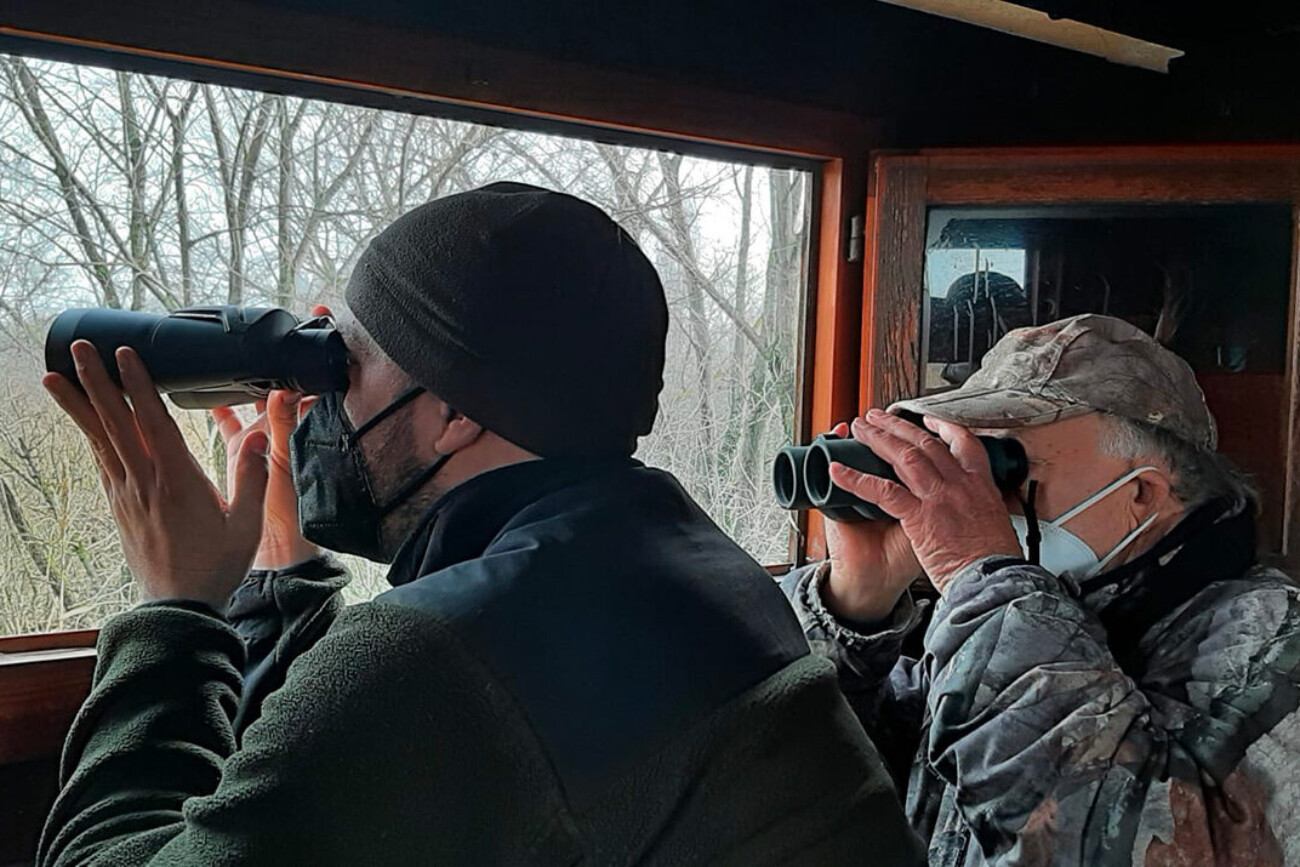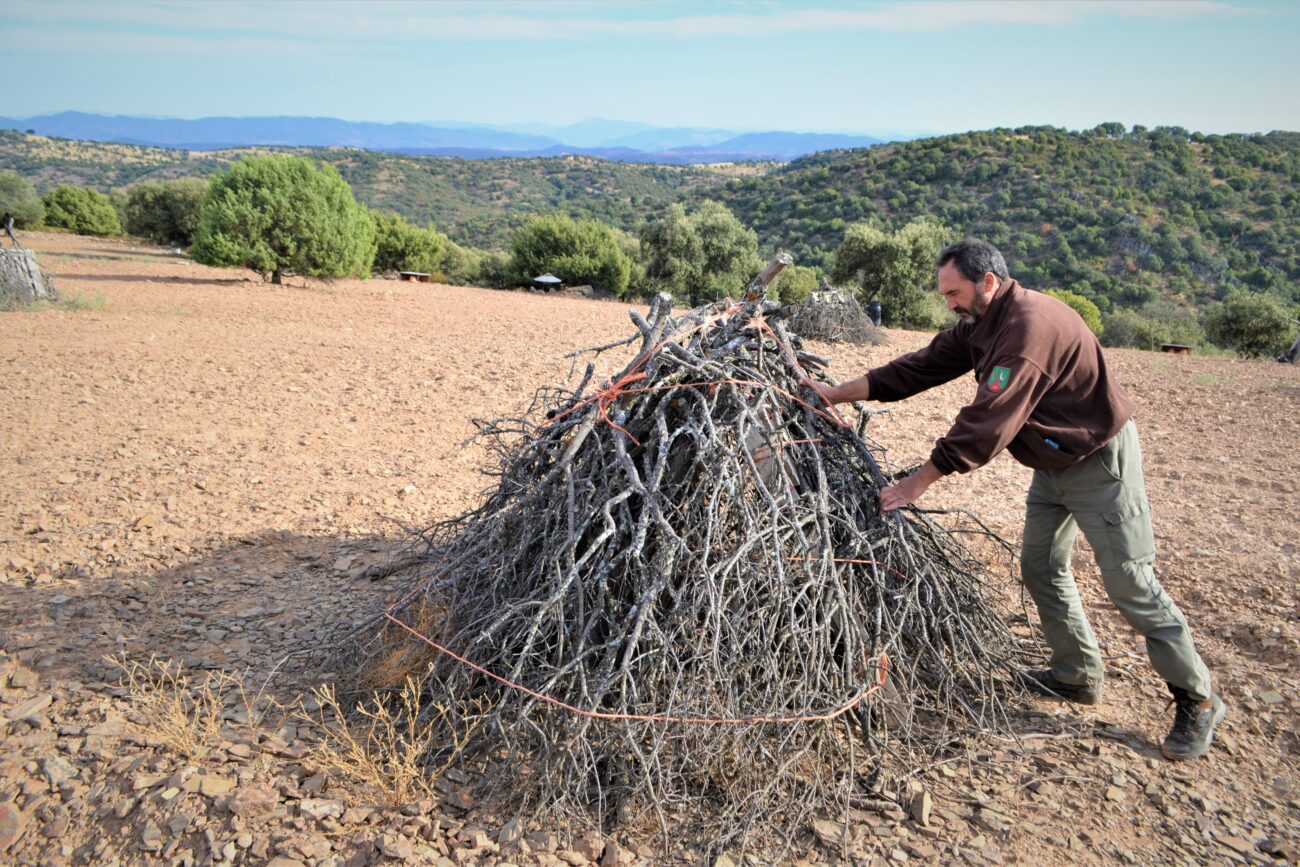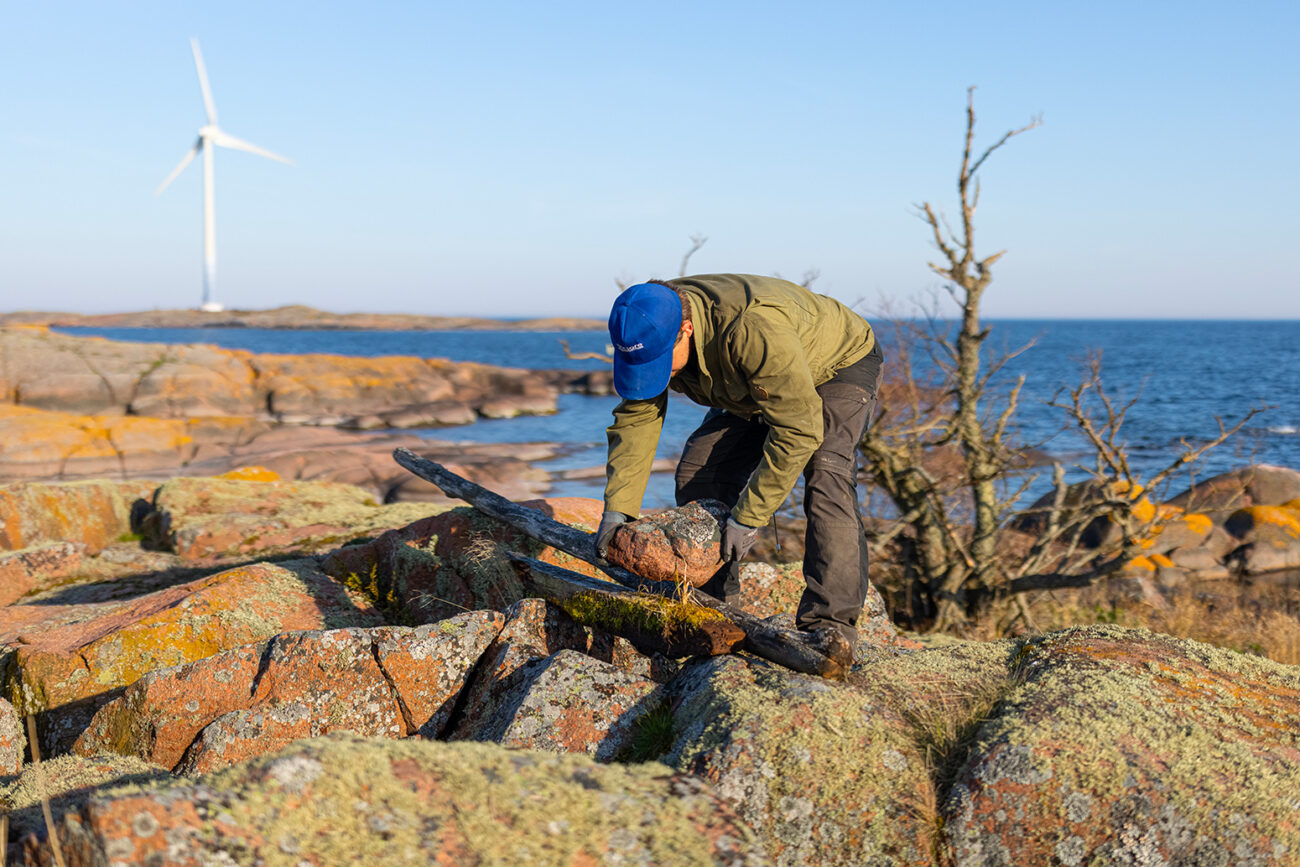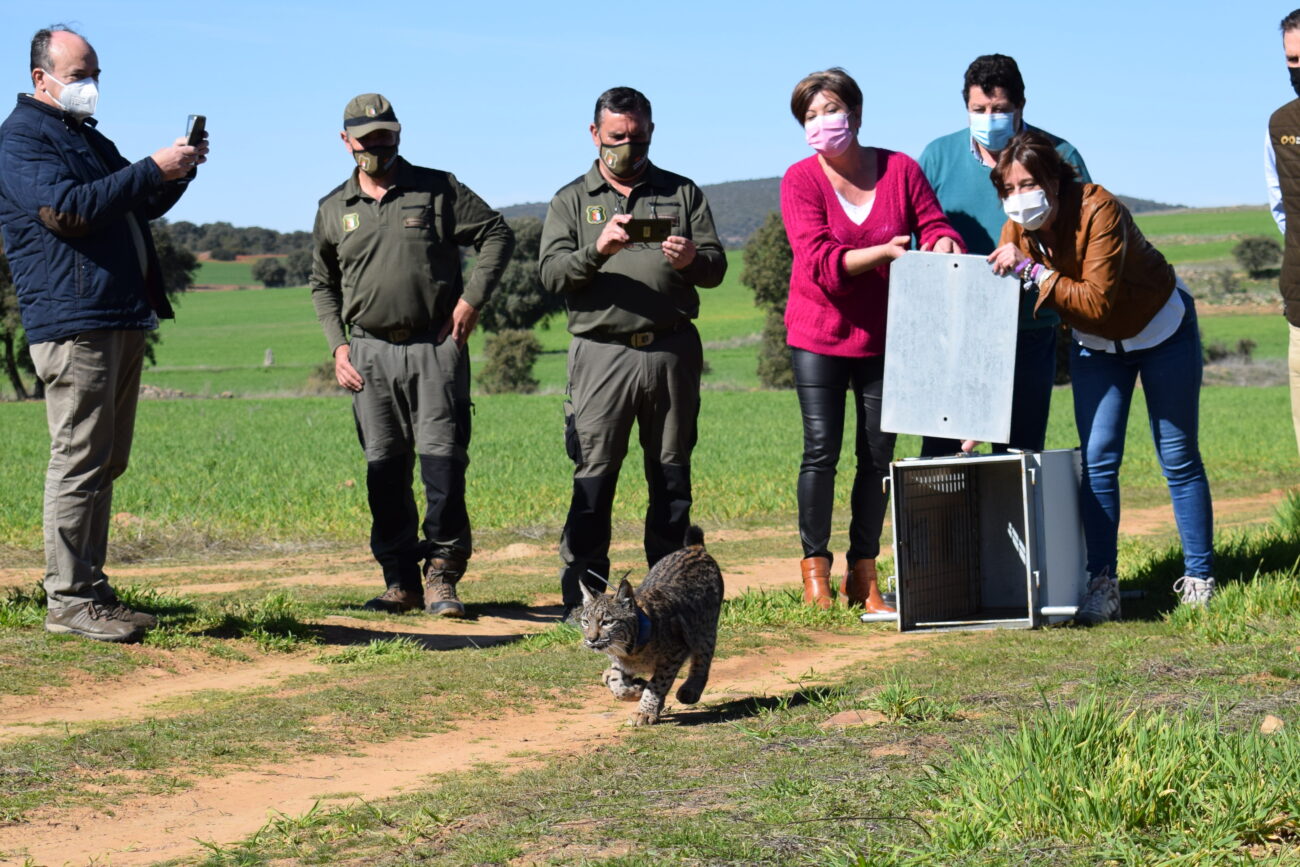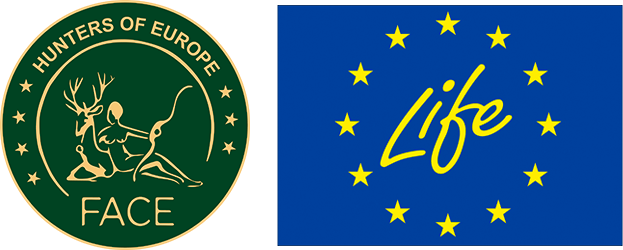 COP27:
COP27:
At the UN Climate Change Conference (COP27) in Sharm El-Sheikh, Egypt, there is a big expectation for major change, however, many feel that strong enough steps are not been taken to tackle the climate problem.
Climate change is affecting biodiversity, including huntable species, in many ways. At the same time, hunters are investing considerable work into habitat restoration that indirectly tackles the climate problem. In the context of COP27, FACE brings to you a special “climate focused” Biodiversity Manifesto (BDM) project of the month.
Habitat restoration:
With nature and water firmly on the COP27 agenda, it is clear that natural climate solutions have a key role to play. Further, most national climate plans focus on nature restoration, and local communities are essential to support and deliver conservation actions.
FACE is pleased to report on hunters’ positive actions, which are an important part of the solution to restoration carbon-rich habitats in Europe. Many of the conservation projects by hunters focus on wetlands, forests, hedgerows, and tree planting.
POLICY RELEVANCE
Nature Restoration Plan: The European Commission has put forward a proposal for legally binding EU nature restoration targets in 2022. Restoring EU’s ecosystems will help to increase biodiversity, mitigate and adapt to climate change, and prevent and reduce the impacts of natural disasters.
Protected Areas: The EU Biodiversity Strategy for 2030, which includes a restoration initiative, calls for more community-based actions led by citizens, businesses, or social partners to protect and restore Europe’s nature. This project demonstrates yet again the longstanding activities of hunters on the ground and their essential role in implementing the strategy throughout Europe in the next 10 years.
Examples:
One of the BDM habitat restoration projects was praised by the Maltese Prime Minister Robert Abela at COP26 where he made reference to hunters’ important conservation efforts. Another project includes work in Vendée along the west coast of France where hunters have been planting new vegetation annually for 20 years. So far, they have planted 452,000 trees and shrubs.
In Limburg, Belgium over 24,000 hedges, trees and plants were planted by hunters. Italian Hunters at the Po Delta have been Conserving Fresh Water Habitats for Migratory Birds over 20 years. In Finland, the SOTKA-project aims to restore 40 wetland sites covering 400 hectares of prime brood habitat to help declining waterbird populations by the end of 2022.
There are almost 500 hunting-related conservation projects from 25 European countries in the BDM data base. These projects cover a myriad of conservation actions from habitat and species restoration to information and awareness-raising.
The message to decision-makers is that local actions should be incentivized in the fight against climate change. Across Europe, hunters are engaged in important conservation efforts that contribute to combatting climate change. As wetlands gain more recognition as important carbon sinks, it is crucial that hunters continue their indispensable conservation projects.
